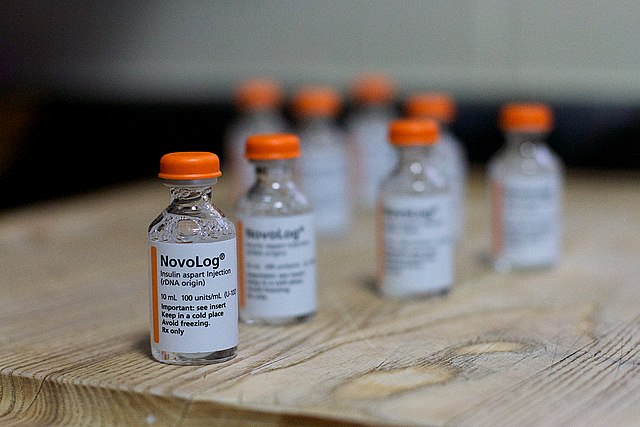Opinion: Prescription drug prices need to be addressed
Many other people have diabetes, and rely on insulin to live. The price of this drug has increased more than 30 percent in recent years.
November 11, 2021
Almost everybody knows a friend or a peer with severe food allergies. This already comes with stress and emotional burdens, but what many people may not know is this also comes with financial hardships.
The only way to treat severe allergic reactions is to administer epinephrine, a prescription medication. Administering this medication could be the difference between life and death for some food allergy victims.
Thirty-two million people worldwide have food allergies, which means around 32 million families are paying for medication, according to foodallergy.org. Many of these families cannot afford the drug because of the near monopoly company Mylan, the manufacturer of the device.
As Mylan only has one real competitor, the company has hiked prices without apparently giving much thought to the essential purpose of the device. Epinephrine, the life-saving drug, is relatively cheap, but the device it is sold in, the EpiPen, has become quite expensive. According to money.com, EpiPen only costs around $30 to manufacture, but in recent years, the price has been upwards of $600 for a two-pack.
Another aspect of the cost for families is the repeated buying of the product. Each epinephrine pen expires in 12 to 18 months, pbs.org says. So not only is it $600 to purchase an Epipen two-pack, it is $600 in cost every year, and often families buy more than one pack.
Many other people have diabetes, and rely on insulin to live. The price of this drug has increased more than 30 percent in recent years. In 2009, a 10mL vial of insulin cost about $90. Now, that same vial, with no significant product improvements or modifications, costs about $290.
President Joe Biden’s economic plan seeks to change this, with ideas about organizing a review board to negotiate prices of these drugs for companies that do not have major competition. According to investopedia.com, the plan also seeks to penalize companies for increasing the prices of prescription drugs past the rates of normal inflation. But Biden’s plan has yet to receive enough votes to be put into action, and continues to undergo changes as congressional negotiations continue.
These medical conditions are not preventable nor are they curable. They affect individuals and families, and the price of medicine to treat the conditions shouldn’t be an unnecessary financial burden on top of the already significant stress.



